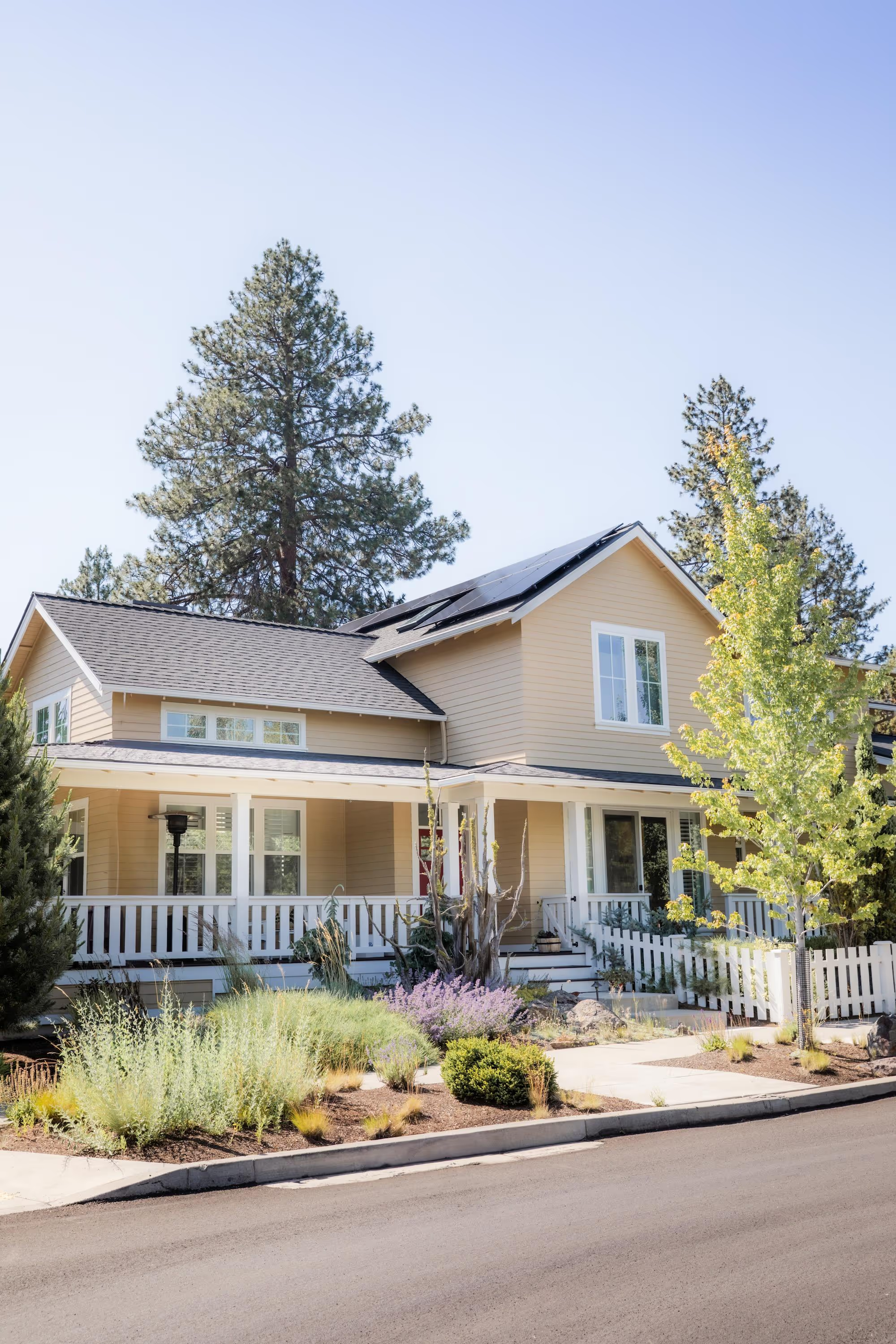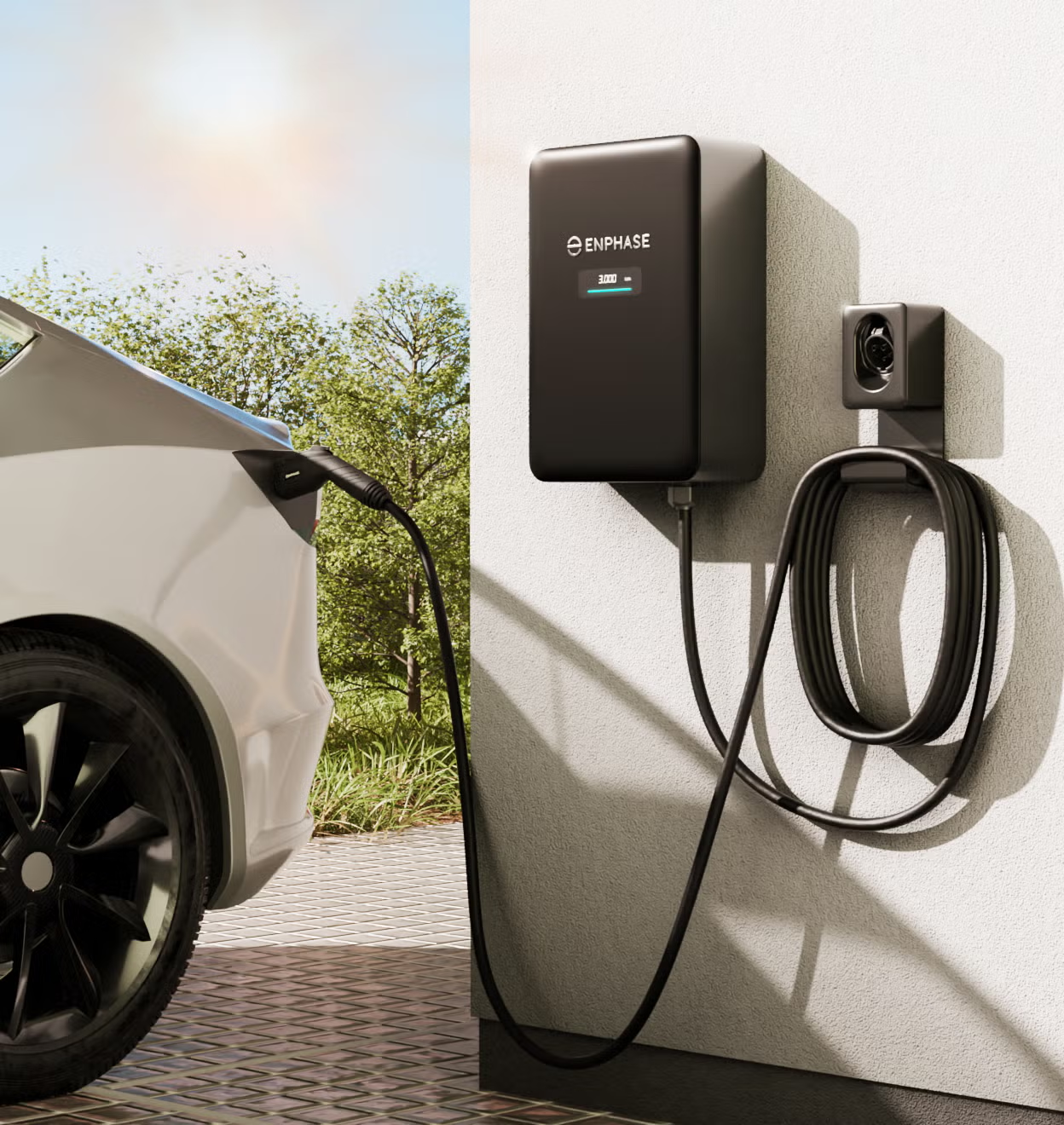Solar Panels in Klamath Falls, OR – Harnessing High Desert Sun

Klamath Falls, Oregon, is known for its picturesque landscapes and unique climate, making it an ideal location for harnessing solar energy. With over 300 sunny days a year, residents and businesses in this high desert region are increasingly turning to solar panels as a sustainable energy solution. This article explores the benefits, challenges, and considerations of solar energy in Klamath Falls, highlighting how this technology can contribute to a greener future.
The Solar Potential of Klamath Falls
The geographical and climatic conditions of Klamath Falls create a perfect environment for solar energy generation. The region's high altitude and clear skies allow for maximum sunlight exposure, which is essential for solar panel efficiency. According to the National Renewable Energy Laboratory, Klamath Falls receives an average of 5.5 hours of peak sunlight per day, making it a prime candidate for solar energy systems.
Understanding Solar Energy
Solar energy is harnessed through the use of photovoltaic (PV) cells, which convert sunlight directly into electricity. These cells are typically arranged in panels that can be installed on rooftops or in open fields. The energy generated can be used to power homes, businesses, and even electric vehicles, reducing reliance on fossil fuels and lowering greenhouse gas emissions. Additionally, advancements in solar technology have led to the development of more efficient and aesthetically pleasing panels, allowing homeowners to integrate solar solutions seamlessly into their properties without compromising on design.
Benefits of Solar Energy in Klamath Falls
Investing in solar panels offers numerous advantages for Klamath Falls residents. Firstly, solar energy can significantly reduce electricity bills. With the average electricity rate in Oregon being around $0.10 per kilowatt-hour, homeowners can save substantially by generating their own power. Additionally, solar energy systems can increase property values, as homes equipped with solar panels are often more attractive to buyers. The local real estate market has begun to reflect this trend, with properties boasting solar installations seeing quicker sales and higher offers.
Moreover, solar energy contributes to energy independence. By generating their own power, residents are less vulnerable to fluctuations in energy prices and can enjoy greater control over their energy consumption. This is particularly beneficial in a region where energy demands can fluctuate due to seasonal changes. Furthermore, Klamath Falls has been proactive in promoting renewable energy initiatives, offering incentives and rebates for solar installations. This not only encourages more residents to adopt solar technology but also fosters a community-wide commitment to sustainability, paving the way for a greener future. As local businesses and schools begin to embrace solar energy, the collective impact on the environment and the economy could be transformative, setting a precedent for other communities to follow.
Environmental Impact
One of the most compelling reasons to adopt solar energy is its positive impact on the environment. Solar panels produce clean energy without emitting harmful pollutants or greenhouse gases. In fact, the U.S. Environmental Protection Agency estimates that solar energy can reduce carbon dioxide emissions by approximately 80% compared to traditional fossil fuels. This significant reduction in emissions not only helps combat climate change but also improves air quality, leading to better health outcomes for communities. As cities and towns increasingly recognize the importance of clean air, the shift towards renewable energy sources like solar becomes even more vital.
Supporting Local Wildlife
Klamath Falls is home to diverse ecosystems and wildlife, including migratory birds and various aquatic species. By transitioning to solar energy, the community can help protect these habitats from the adverse effects of climate change. Solar farms, when designed responsibly, can coexist with local wildlife, providing a sustainable solution that benefits both energy production and biodiversity. Furthermore, solar installations can be designed with wildlife corridors and native plantings that enhance local habitats, creating a synergistic relationship between energy generation and ecological preservation. This approach not only safeguards the existing wildlife but also promotes the restoration of native species that may have been impacted by urban development.
Water Conservation
Another environmental advantage of solar energy is its minimal water usage compared to conventional energy sources. Traditional power plants often require large amounts of water for cooling and processing. In contrast, solar panels operate without water, making them an ideal solution for arid regions like Klamath Falls, where water conservation is critical. This reduction in water consumption is particularly important in times of drought, as it allows for more sustainable agricultural practices and helps maintain the region's water supply for both human and ecological needs. Additionally, the implementation of solar energy can lead to decreased competition for water resources, allowing local farmers and communities to thrive while simultaneously addressing energy demands.
Challenges of Solar Adoption
While the benefits of solar energy are substantial, there are also challenges that Klamath Falls residents must consider. Initial installation costs can be a barrier for some homeowners. Although prices for solar panels have decreased significantly over the past decade, the upfront investment can still be daunting. However, various financing options, such as solar loans and leasing programs, are available to help alleviate this burden.
Incentives and Rebates
To encourage solar adoption, both federal and state governments offer various incentives and rebates. The federal solar tax credit allows homeowners to deduct a percentage of their solar installation costs from their federal taxes. Additionally, Oregon has its own incentives, including the Energy Trust of Oregon's cash incentives for residential solar projects. These programs can significantly reduce the overall cost of solar installations, making it more accessible for residents.
Regulatory Considerations
Understanding local regulations is another crucial aspect of solar energy adoption. Klamath Falls has specific zoning laws and permitting processes that homeowners must navigate before installing solar panels. Engaging with local authorities early in the planning process can help streamline installation and ensure compliance with all regulations.
Choosing the Right Solar System
When considering solar panels, it is essential to evaluate the various types of systems available. The most common options include grid-tied, off-grid, and hybrid systems. Each type has its advantages and disadvantages, depending on individual energy needs and preferences.
Grid-Tied Systems
Grid-tied solar systems are the most popular choice for homeowners in Klamath Falls. These systems are connected to the local utility grid, allowing homeowners to draw electricity from the grid when their solar panels are not producing enough power, such as during cloudy days or at night. Additionally, grid-tied systems enable net metering, which allows homeowners to receive credit for excess energy generated during peak sunlight hours.
Off-Grid Systems
Off-grid systems, on the other hand, are designed for those who wish to be completely independent from the utility grid. These systems typically include battery storage to store excess energy for use during non-sunny periods. While off-grid systems can provide greater energy independence, they often come with higher upfront costs and require careful planning to ensure adequate energy supply.
Hybrid Systems
Hybrid systems combine the benefits of both grid-tied and off-grid systems. These setups can connect to the grid while also incorporating battery storage, providing flexibility and reliability. Hybrid systems are particularly advantageous for areas prone to power outages, as they can continue to supply energy even when the grid is down.
Installation Process
The installation of solar panels involves several steps, from initial consultation to final inspection. Homeowners typically start by assessing their energy needs and evaluating their property's solar potential. This process often includes a site assessment by a professional installer, who will determine the best placement for the solar panels to maximize sunlight exposure.
Finding a Qualified Installer
Choosing a qualified solar installer is critical for ensuring a successful installation. Homeowners should look for licensed and insured contractors with experience in solar energy systems. Reading reviews and seeking recommendations from other local residents can help identify reputable installers. Additionally, obtaining multiple quotes can provide a clearer picture of the costs involved.
Permitting and Inspections
Once a qualified installer is selected, the next step involves obtaining the necessary permits and approvals from local authorities. This process can vary depending on the type of system being installed and local regulations. After installation, a final inspection is typically conducted to ensure that the system meets all safety and performance standards.
Long-Term Benefits of Solar Energy
Investing in solar panels is not just a short-term solution; it offers long-lasting benefits for homeowners and the community. Once installed, solar panels can provide clean energy for 25 years or more, significantly reducing electricity costs over their lifespan. Furthermore, as energy prices continue to rise, solar energy becomes an increasingly attractive option for cost savings.
Community Impact
The adoption of solar energy in Klamath Falls can also have a positive impact on the local economy. As more residents invest in solar technology, demand for local solar installers and maintenance services increases, creating job opportunities within the community. This growth can stimulate economic development and contribute to a more sustainable future.
Future of Solar Energy in Klamath Falls
Looking ahead, the future of solar energy in Klamath Falls appears bright. With advancements in technology and decreasing costs, solar energy is becoming more accessible than ever. Additionally, as awareness of climate change and the need for sustainable energy solutions grows, more residents are likely to consider solar as a viable option.
Conclusion
Solar panels represent a promising opportunity for residents of Klamath Falls, Oregon, to harness the abundant high desert sun for clean, renewable energy. While there are challenges to consider, the long-term benefits, both environmentally and economically, make solar energy an attractive option. By embracing this technology, Klamath Falls can lead the way in sustainable energy practices, contributing to a healthier planet for future generations.
Ready to take the next step towards a sustainable future with clean, renewable energy? National Solar, the Best of Bend Solar Energy Company in 2024, invites you to join the growing number of Klamath Falls residents enjoying the economic and environmental benefits of solar power. As a locally founded, family-owned business since 2009, we're committed to the Pacific Northwest and passionate about making a positive impact. With our 10-Year Workmanship Warranty and 25-Year Manufacturer Warranty, you can trust in the quality and reliability of our service. Get a free solar estimate for your home today and be a part of the clean energy revolution in Klamath Falls.
Calculate your potential energy cost without solar
| 5 Year Cost | |
| 10 Year Cost | |
| 15 Year Cost | |
| 20 Year Cost | |
| 30 Year Cost |
All-in-one energy solutions
Every project includes design, permitting, installation, and support from our award winning installation team.

Solar Panel Installation
Custom-designed rooftop solar systems that slash your electric bill.

Battery Storage
Store your daytime solar power for nighttime usage or power outages.

Ground Mounts
Ideal for properties without good roof access. Same savings, more flexibility.

EV Chargers
Power your electric vehicle at home for less, powered by your solar system.
